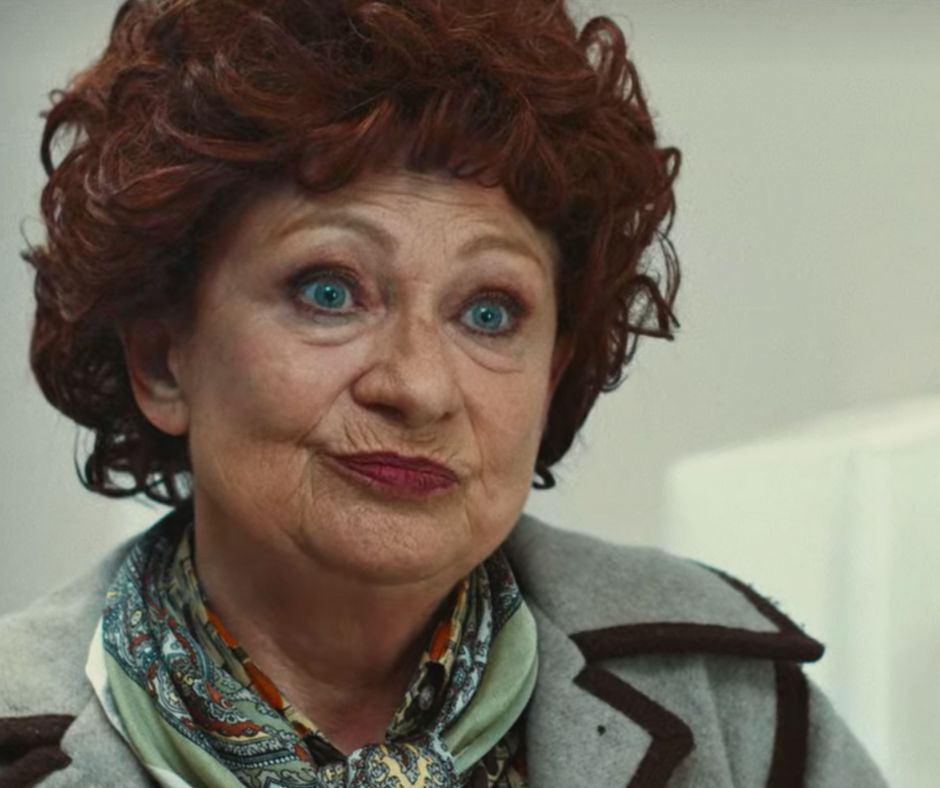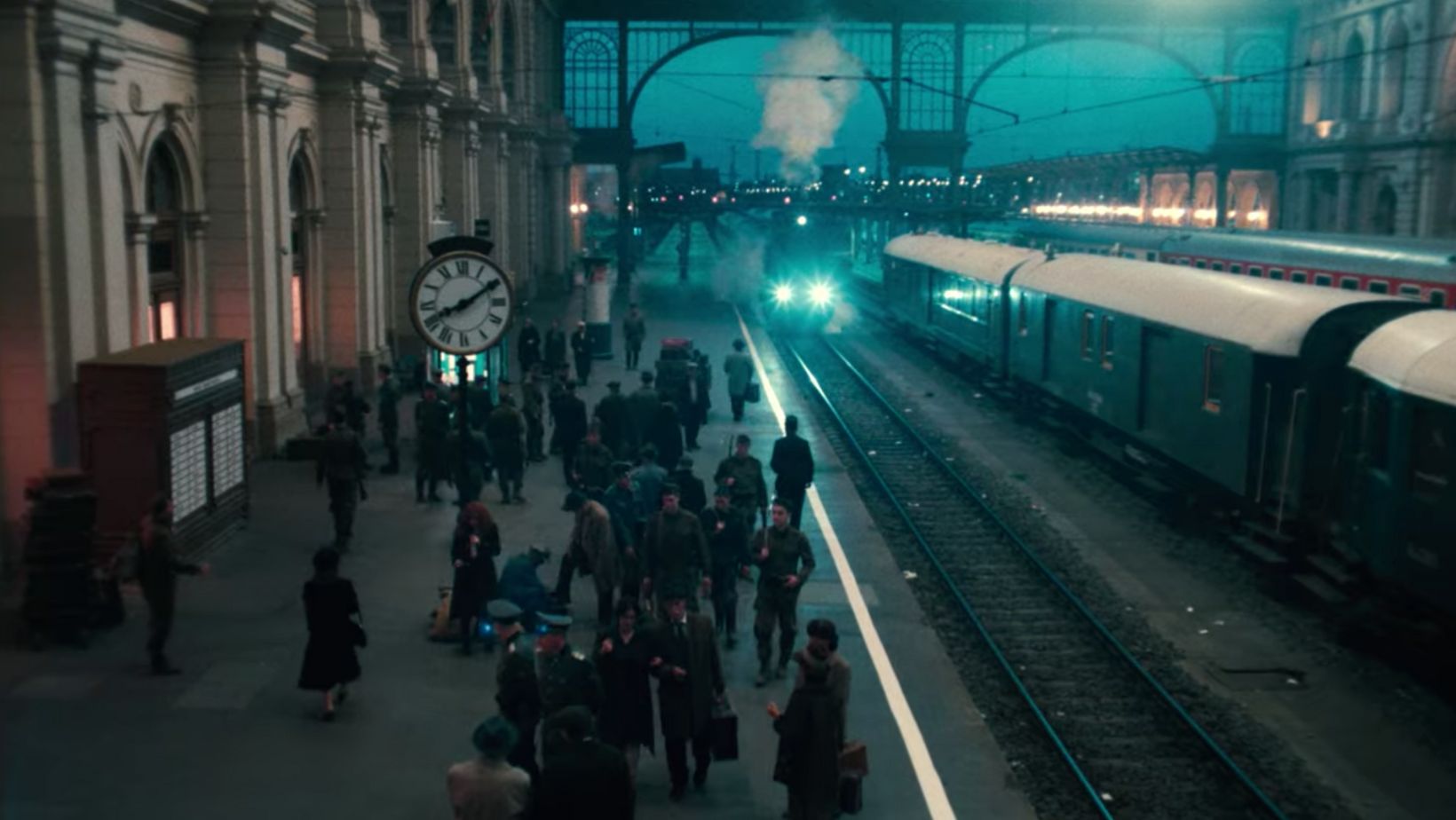Netflix’s Russian Doll will teach you some proper Hungarian swear words – VIDEO

The Russian Doll made us instantly hooked when the first season of this hilariously funny yet, at times, brutally emotional dramedy premiered on Netflix in early 2019. The masterful mystery show now returns with a second season which was not only, partially, shot in Hungary but also contains plenty of references as well as some good old Hungarian swear words to the utmost delight of those who speak this wonderfully rich and intricate language. However, if you are a foreigner, you can also pick up some handy expressions and try them out the next time you are stuck in traffic. We warn you though that results may vary.
For those who have not yet binge-watched the first season, the story of the Netflix hit series revolves around eccentric Russian-descent New Yorker Nadia Vulvokov (Natasha Lyonne) who gets caught in a time loop that resets in the midst of her 36th birthday celebration. As she leaves the bash, the reckless raspy-voiced redhead who lives as if there was no tomorrow gets mowed down by a taxi and dies on the street just to find herself back in the middle of the party. The same series of events keep repeating until Nadia’s path crosses with Alan’s (Charlie Barnett), a depressed suicidal character who is also stuck in a time loop, and together they realise that they have to help each other to break the cycle.
Natasha Lyonne terrifically portrays the cynical, scruffy character of Nadia with her wry sense of humour and excessive love for liquor and cigarettes. The show also touches on mental illness and the general stigma around it. Season 1 earned the actress an Emmy nomination and the show was widely praised by viewers and critics alike so the producers did not hesitate to give it a second go-’round.
As the second season of this trippy masterpiece progresses, it seems that it does live up to the weighty expectations. Moreover, the show has an unexpected Hungarian twist
Throughout the second season, which debuted at the end of April, the show still retains its time travel theme, however, this time Nadia finds herself in a series of bizarre subway wormholes getting transported into the ’80s. She does not lose her cool but takes advantage of the situation by setting on a mission to track down her family’s lost wealth while being trapped in the body of Lenora, her own pregnant mother. The protagonist skillfully navigates her way through the different time zones, embarks on an on-and-off relationship with a shabby conman and strikes up a friendship with a fellow time traveler while digging deeper into her family’s history. And here comes the interesting part! As it turns out, Nadia comes from a Hungarian Jewish family who lost their wealth on the Hungarian gold train which refers to an urban legend of a train laden with treasures and expensive artwork which the Nazis confiscated from the deported Jews.
Seven minutes into the first episode we already come across a Hungarian reference when Nadia picks up a newspaper to check the date and the background music plays Bela Lugosi’s Dead from Bauhaus named after the famous Hungarian actor who played Dracula on screen. Then, a couple of minutes later, we get to hear the first melodic accords of a Hungarian gypsy song from the album Original Music of Hungary by Arr. Laszlo Borteri. However, these are just little introductions that set the mood for the second episode in which the opening scene shows Nadia quarreling with her grandma Vera who is played by Hungarian actress, Irén Bordán. In the heat of the argument, the old lady repeatedly switches from English to Hungarian expressing her disappointment in Lenora (Nadia’s mother) and the Nazis who are to blame for all the bad things that happened to her family.


The cast of the Russian Doll is packed with many familiar faces for Hungarian viewers or those who have watched bits of Hungarian cinema. For instance, Delia, Nadia’s grandmother’s longtime best friend and supporter, is played by Athina Papadimitriou, a beloved Greek-Hungarian actress who was given numerous Hungarian lines in the series. The first time we get to hear some classic Hungarian swear words is when she and Nadia share a couple of apricot pálinka shots in episode ‘Brain Drain’.
Jászai Mari Award-winner theatre icon Piroska Molnár also shows up in a scene shot in Dohány Street, in Budapest 7th district, and has a short dispute with the protagonist who yells some rather rude Hungarian profanities at her.
Judging from the elderly Hungarian woman’s heated response, Nadia concludes that she will not be invited for goulash anytime soon.
In another episode of the Netflix series, during her trip to Budapest, the investigating redhead bumps into Kristóf Halázs (portrayed by Balázs Czukor) in Falk Miksa Street, in front of the Columbo Statue. Throughout the 7 episodes, watchful viewers can also spot Ákos Orosz, who recently starred in Kilakoltatás (Eviction) which won Best Screenplay at Porto International Film Festival, Gergely Csiby who plays a German officer and is previously known for his character in Toxikoma, as well as Franciska Farkas from Aranyélet. French-Hungarian rising star Sandor Funtek also received a small role as Lenny, a German man who wants to tunnel under the Berlin Wall to reunite with his family.




Many Netflix series end up as one-season wonders but the Russian Doll masterfully transforms into a two-season stunner. With the expanded cast, numerous Hungarian references and locations as well as its twisting multiverse plot, the second season of the Russian Doll pulls out all the stops to create a brilliant runner-up that will entrance viewers throughout the entire 7 episodes.
Source: netflix.com






Eleonora, just the other day you said you take my point about using North American rather standard English. Now you are at it again – “good old Hungarian cuss words”. Firstly, ‘cuss’ is only used by the very uneducated in the US and in any case is slang. ‘1775, American English dialectal, “troublesome person or animal” (usually with a defining adjective), a vulgar pronunciation of curse (n.),’ It is not and never was standard English. Note the word ‘vulgar’ in the definition.
Dear Lexicon, I’ve checked the word in several dictionaries and none of them mentioned it was vulgar, nevertheless, we will refrain from using it in the future.
Dear Eleonora, I have obliged you with where you will find that it is vulgar: https://www.etymonline.com/word/cuss One should always consider the etymology of a word in addition to the various dictionary definitions.
It’s nice when he participates during my lessons.